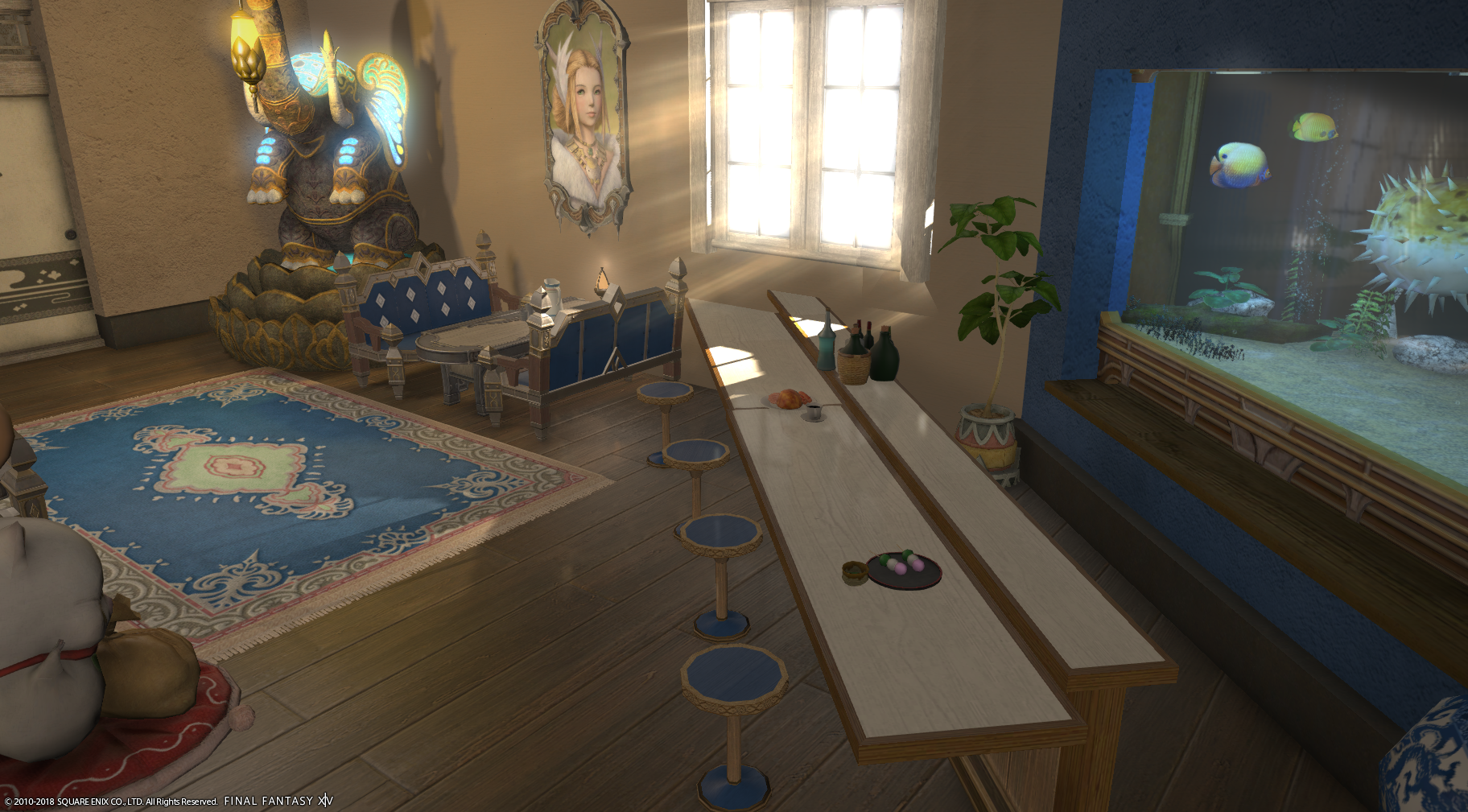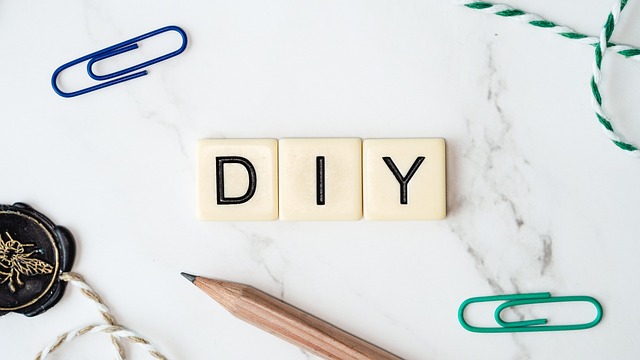The vast majority of people go into painting projects totally blind. In their mind, painting is something they have done hundreds of times before, often as a child surrounded by newspapers to protect your mum’s tablecloth.
Then, when the room, table, cabinet, or chest of draws they are painting doesn’t look like an adult has painted it, they are surprised. Professional painters know that to get a finished product you are happy with, you need to invest the time and effort to get it right. These are the five pro-painting hacks to give your painting projects a boost.
Use an edger
One of the easiest ways to make a wall or other paint project look sloppy is by getting paint on an adjoining surface. A lot of people use tape to prevent splashes or bleeding, but this isn’t exactly fool-proof.
Professional painters use a paint edger to paint the edges of a surface without getting paint on an adjoining surface. Not only does this give a more professional finish, but it also saves a lot of time.
Keep a wet edge
Whatever you are painting, you are likely applying the paint in strokes. Sometimes this can lead to “lap marks”, marks which, even when the paint dries, clearly indicates where each brushstroke started and ended.
You can avoid these marks by keeping a wet edge. The marks are caused when one stroke has already partially dried when you add the next stroke. Working quickly and doing the whole surface in one sitting is essential for maintaining a wet edge and avoiding lap marks. Keep your roller or brush always at least half loaded, so the applied layer doesn’t become too thin and begin to dry too quickly.
Tint the primer
Professionals tint the primer by mixing a small amount of the topcoat colour into the primer. This only works with two paints that both have the same base (if you are using an oil-based primer, your topcoat should be oil-based. If you are using a latex-based primer, your topcoat should also be latex-based).
This will give the colour a boost and help the primer hide the original surface, bringing the full visual of the topcoat colour out.
Use a light to find flaws
Holding a handheld 60 watt bulb up to the surface will help you spot loose paint, rough edges, dents, divots, and missed spots on your paintwork. Use a pencil to circle them so you can still detect them even after you put the light down.
Use a polyurethane epoxy coating
If you are painting kitchen cabinets, furniture fittings, or timber paneling, finish it off with a layer of polyurethane coating. This will protect the surface from scratches and water damage. Professionals use it to ensure their handiwork stays good for years to come.
Next time you have a painting project, be it furniture revamp, room redesign, or work project, follow these five professional painting principles to get the best results and ensure you end up with a finished product you are proud of.




